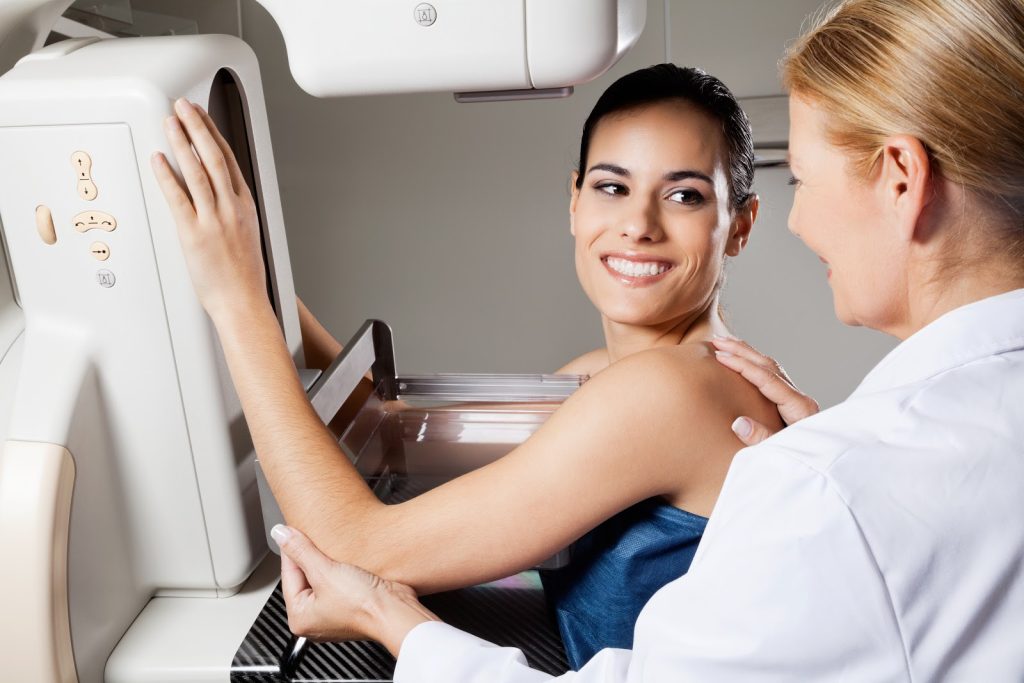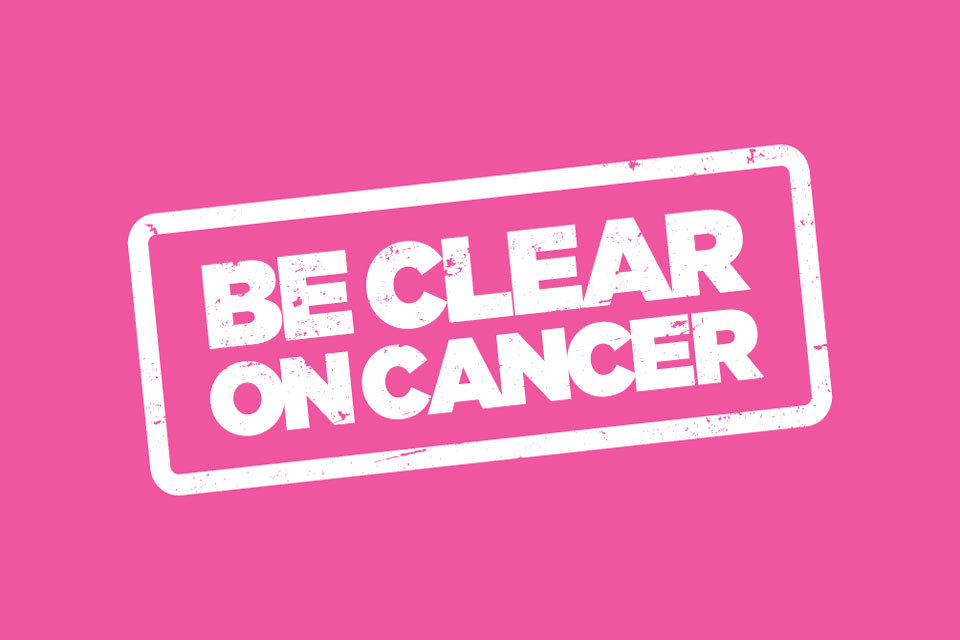Breast Screening (Mammogram)
NHS Breast screening checks use X-rays to look for cancers that are too small to see or feel.
Anyone registered with a GP as female will be invited for NHS breast screening every three years between the ages of 50 and 71. You will get a letter in the post inviting you.
The invites are automatic and you will receive your first invite between the ages of 50 and 53, then every three years after until you turn 71.
If you have any symptoms of breast cancer, even if you have recently had a clear breast screening, DO NOT WAIT for your next screening appointment and contact us as soon as possible.

The following information is obtained from NHS.UK
If you’re a trans man, trans woman or are non-binary you may be invited automatically, or you may need to talk to your GP surgery or call the local breast screening service to ask for an appointment.
If you have not been sent a letter
If you have not been invited for breast screening by the time you are 53 and think you should have been, contact your local breast screening service.
If you are 71 or over
You will not automatically be invited for breast screening if you are 71 or over.
But you can still have breast screening every 3 years if you want to. You will need to call your local breast screening service to ask for an appointment.
If you’re trans or non-binary
If you’re a trans man, trans woman or are non-binary how you are invited will depend on the sex you are registered with at a GP:
- if you’re registered as female with a GP you will automatically be invited for breast screening
- if you’re registered as male with a GP you will not automatically be invited for breast screening
Further information can be found here.
Symptoms
The first symptom of breast cancer that most women notice is a lump or an area of thickened tissue in their breast.
Most breast lumps are not cancerous, but it’s always best to have them checked by a doctor.
You should see a GP if you notice any of the following:
- a new lump or area of thickened tissue in either breast that was not there before
- a change in the size or shape of one or both breasts
- a discharge of fluid from either of your nipples
- a lump or swelling in either of your armpits
- a change in the look or feel of your skin, such as puckering or dimpling, a rash or redness
- a rash (like eczema), crusting, scaly or itchy skin or redness on or around your nipple
- a change in the appearance of your nipple, such as becoming sunken into your breast
Breast pain is not usually a symptom of breast cancer.

